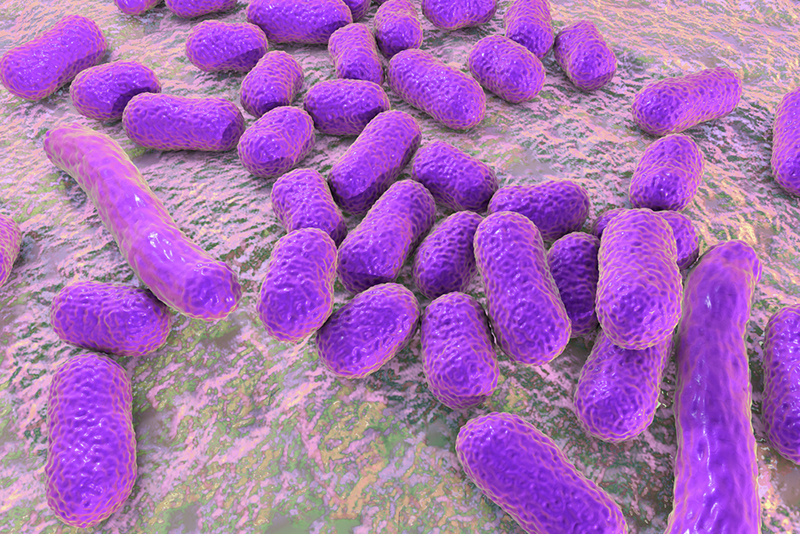There’s been a lot of chatter about what a superbug is after the World Health Organisation (WHO) released a report publishing a list of the 12 most deadly ones.
The health agency describes some of these superbugs as “nightmare bacteria”. They pose the greatest threat to human health and new antibiotics need to be developed urgently to combat them.
WHO told ABC News the bugs “have built-in abilities to find new ways to resist treatment” and can also pass on genetic material that allows other bacteria to become drug-resistant.
“Antibiotic resistance is growing, and we are fast running out of treatment options,” WHO assistant director-general for health systems and innovation, Marie-Paule Kieny, said.
“If we leave it to market forces alone, the new antibiotics we need will not be developed in time.”
Sounds pretty scary, but that wasn’t the point of releasing the information. WHO put this list out as a tool to guide experts around the world. This is so they know what to concentrate their efforts on.
House Call Doctor recently wrote about the Global Health leaders meeting in Brisbane to discuss the threat of ‘post-antibiotic era’.
What’s a Superbug?
According to the Mayo Clinic superbugs are strains of bacteria that are resistant to the majority of antibiotics commonly used today. If you become infected, the usual round of treatment you would expect from your GP might not work. This may lead to things getting serious.
“Antibiotic resistance is a naturally occurring phenomenon that can be slowed, but not stopped,” it published.
“Over time, bacteria adapt to the drugs that are designed to kill them, and change to ensure their survival.
“This makes previously standard treatments for bacterial infections less effective, and in some cases, ineffective.”
If a dangerous bacteria becomes resistant they can cause skin infections, pneumonia or bloodstream infections which can be fatal. In Australia it’s commonly superbugs that cause serious conditions like staph infections or meningitis.
Queensland researchers piecing together the puzzle
Researchers from the University of Queensland’s Institute for Molecular Bioscience (IMB) have developed a new method which could help doctors rapidly identify antibiotic-resistant infections.
IMB Centre for Superbug Solutions Deputy Director Lachlan Coin said this information could help them prescribe the most effective antibiotic for their patient.
“Antibiotic resistance is a global challenge that threatens our ability to treat common infections,” Associate Professor Coin said.
The team found a way to better identify how antibiotic resistance develops, using cutting-edge technology. It discovered a new method for analysis of data on the fly. This allowed them to quickly and accurately figure out if bacteria could pose problems.
“The speed is key as we’re interested in predicting antibiotic resistance in real-time on clinical samples, because when it comes to diagnosing and treating infections, every minute counts,” IMB postdoctoral researcher Doctor Minh Duc Cao said.
The IMB Centre for Superbug Solutions will host a Solutions for Drug-Resistant Infections conference in Brisbane in 2017.
It will bring international experts and advocates in the field. They will network and discuss new ways to solve the global challenge of drug-resistant infections.





